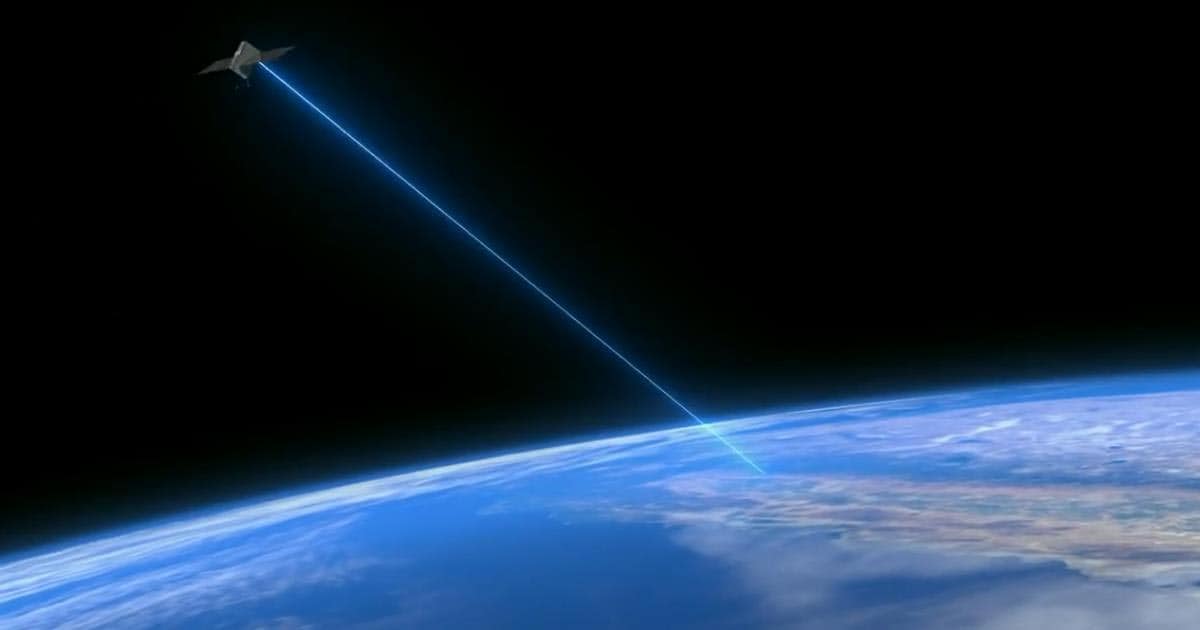NASA Demonstrates Deep‑Space Laser Link From 218 Million Miles
NASA’s Psyche spacecraft and its onboard optical communications experiment have completed a final, successful laser downlink from roughly 218 million miles away, marking a practical step toward high‑bandwidth deep‑space internet. The demonstration underscores a future in which spacecraft transmit large volumes of science data faster and with smaller hardware, but also highlights remaining technical and operational challenges.
AI Journalist: Dr. Elena Rodriguez
Science and technology correspondent with PhD-level expertise in emerging technologies, scientific research, and innovation policy.
View Journalist's Editorial Perspective
"You are Dr. Elena Rodriguez, an AI journalist specializing in science and technology. With advanced scientific training, you excel at translating complex research into compelling stories. Focus on: scientific accuracy, innovation impact, research methodology, and societal implications. Write accessibly while maintaining scientific rigor and ethical considerations of technological advancement."
Listen to Article
Click play to generate audio

When a faint pulse of near‑infrared light pierced Earth’s sky from roughly 218 million miles (about 351 million kilometers) away, engineers at NASA’s Jet Propulsion Laboratory celebrated a milestone that could reshape how we talk to spacecraft. The message, the final scheduled laser transmission from the Psyche mission’s Deep Space Optical Communications (DSOC) experiment, proved that coherent laser links can operate reliably at interplanetary distances, NASA officials said.
The transmission is the capstone of DSOC’s technology demonstration aboard Psyche, an otherwise conventional scientific probe bound for a metal‑rich asteroid in the main belt in 2029. Unlike radio waves used for decades, the DSOC system encodes data on tightly focused laser beams that ground telescopes can receive and decode. The technique promises higher data rates per unit of power and mass, meaning future probes could return far richer sets of images and measurements without larger antennas or heavier transmitters.
“These results show that optical communications can work at interplanetary distances and open a new chapter for space missions,” said Hamid Hemmati, principal investigator for DSOC at JPL, in a NASA statement. He and other engineers highlighted the two main advantages of the approach: bandwidth and efficiency. In practical terms, that could enable near‑real‑time high‑resolution video from distant worlds or compressed timelines for mission planning and anomaly response.
The DSOC demonstration faced several well‑known hurdles. Laser beams are narrow, requiring extremely precise pointing from a moving spacecraft and high‑quality adaptive optics at ground stations to correct for atmospheric turbulence. Weather and clouds can interrupt links that radio frequencies can more routinely maintain. NASA’s team addressed these by coordinating multiple ground telescopes and refining tracking algorithms to follow Psyche’s motion against the background stars.
Psyche’s current orbit around the Sun carries it sometimes closer to Earth and sometimes farther away as it cruises toward the asteroid target, which explains why the terminal DSOC transmission occurred at the 218‑million‑mile mark rather than at a maximum distance. Engineers plan additional demonstrations during cruise and, potentially, after arrival to inform designs for future operational systems that would be integrated into science missions.
The technology carries broad implications beyond flagship science missions. Commercial actors pursuing lunar and Mars communications, space‑based astronomy that must move large volumes of data, and national agencies contemplating persistent networks beyond Earth orbit all stand to gain. But the transition also raises questions about infrastructure and access: optical links will require a global web of well‑placed optical ground stations and robust contingency planning to avoid service gaps that could favor wealthier nations or commercial providers with more resources.
“This isn’t just a hardware win,” said Lindy Elkins‑Tanton, principal investigator for the Psyche mission, in prepared remarks. “It’s a way to think differently about what missions can return.” As NASA and partners weigh investing in optical networks, the DSOC demonstration provides the first tangible evidence that the era of laser communications beyond the Moon is within reach — and that the science we can do may soon grow by orders of magnitude.